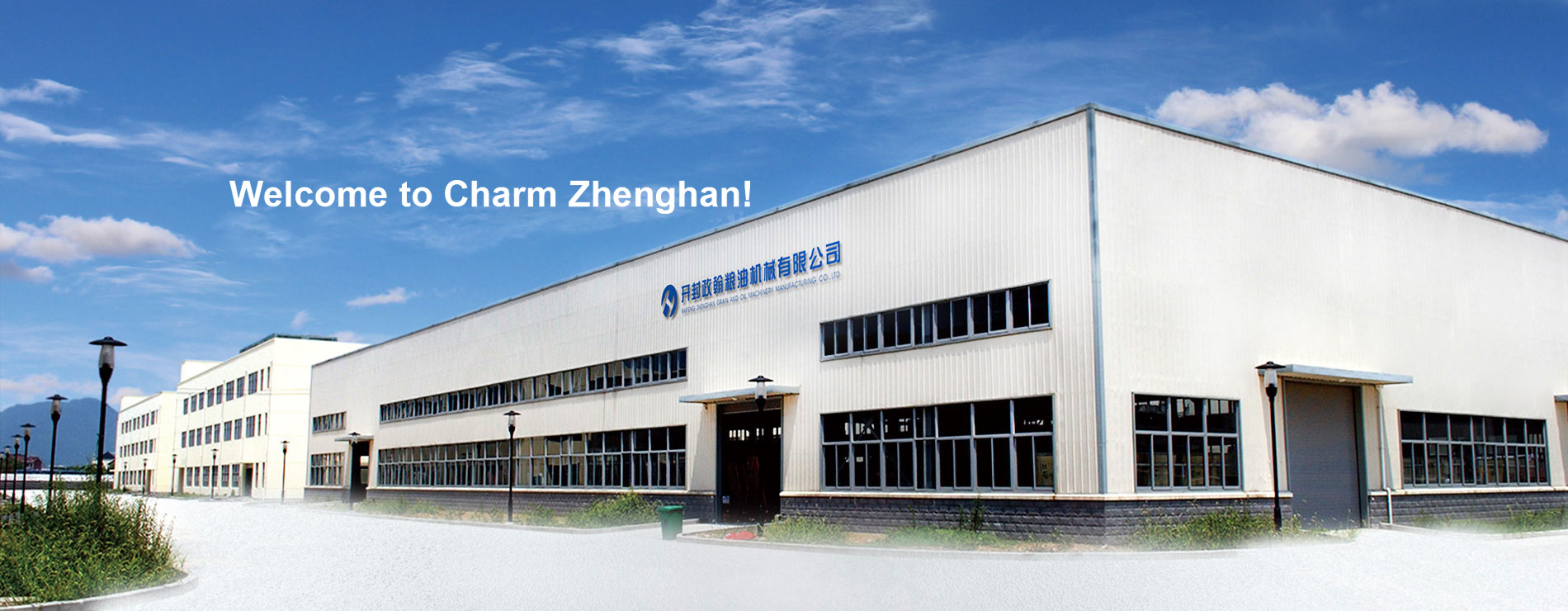Recent Posts
Understanding the Essentials of Powder Conveying Systems in Agricultural Machinery
Release time:
May 09,2025
In the agricultural machinery sector, particularly in food production, powder conveying systems play a crucial role in ensuring the smooth and efficient transport of powdered materials. These systems are designed to move bulk powders, such as fertilizers, animal feed, and various food ingredients, from one point to another within a processing facility. Understanding how these systems work and thei
In the agricultural machinery sector, particularly in food production, powder conveying systems play a crucial role in ensuring the smooth and efficient transport of powdered materials. These systems are designed to move bulk powders, such as fertilizers, animal feed, and various food ingredients, from one point to another within a processing facility. Understanding how these systems work and their benefits can significantly impact operational efficiency and productivity in the agricultural sector.
At the core of a powder conveying system is its ability to handle dry bulk materials without causing degradation or contamination. This is particularly important in industries where maintaining product integrity is vital, such as in the agricultural food sector. Different types of conveying mechanisms, such as pneumatic, mechanical, or vacuum systems, can be employed depending on the specific needs of the operation.
Pneumatic conveying systems are commonly used due to their versatility and efficiency. They utilize air pressure to transport powders through pipes or tubes, minimizing the risk of product loss and contamination. These systems can be tailored to various distances and elevations, making them suitable for different facility layouts. Furthermore, they can easily integrate with existing processing equipment, streamlining operations and increasing overall throughput.
In contrast, mechanical conveying systems, such as screw conveyors or belt conveyors, utilize physical movement to transport materials. These systems are generally used for larger particles or when the materials being conveyed are more robust. While mechanical systems may require more maintenance and have a higher initial setup cost, they can offer reliable performance in the long run, especially when handling large volumes of material.
The benefits of incorporating a powder conveying system in agricultural machinery extend beyond just material transport. These systems can enhance workplace safety by reducing the need for manual handling of bulk powders, which can pose health risks to workers. Additionally, automated systems improve operational efficiency, reduce labor costs, and provide precise control over material flow, leading to better inventory management and reduced waste.
When considering the implementation of a powder conveying system, it is essential to evaluate factors such as the type of materials being handled, facility layout, and specific processing requirements. Conducting a thorough assessment will help determine the most suitable conveying method and system design to meet operational goals.
In summary, powder conveying systems are integral to the agricultural machinery sector, particularly in food processing. By understanding their functionality and the benefits they provide, businesses can enhance their operational efficiency and maintain high standards of product quality. Investing in the right powder conveying system is a strategic move that can lead to significant improvements in productivity and safety in the agricultural industry.
At the core of a powder conveying system is its ability to handle dry bulk materials without causing degradation or contamination. This is particularly important in industries where maintaining product integrity is vital, such as in the agricultural food sector. Different types of conveying mechanisms, such as pneumatic, mechanical, or vacuum systems, can be employed depending on the specific needs of the operation.
Pneumatic conveying systems are commonly used due to their versatility and efficiency. They utilize air pressure to transport powders through pipes or tubes, minimizing the risk of product loss and contamination. These systems can be tailored to various distances and elevations, making them suitable for different facility layouts. Furthermore, they can easily integrate with existing processing equipment, streamlining operations and increasing overall throughput.
In contrast, mechanical conveying systems, such as screw conveyors or belt conveyors, utilize physical movement to transport materials. These systems are generally used for larger particles or when the materials being conveyed are more robust. While mechanical systems may require more maintenance and have a higher initial setup cost, they can offer reliable performance in the long run, especially when handling large volumes of material.
The benefits of incorporating a powder conveying system in agricultural machinery extend beyond just material transport. These systems can enhance workplace safety by reducing the need for manual handling of bulk powders, which can pose health risks to workers. Additionally, automated systems improve operational efficiency, reduce labor costs, and provide precise control over material flow, leading to better inventory management and reduced waste.
When considering the implementation of a powder conveying system, it is essential to evaluate factors such as the type of materials being handled, facility layout, and specific processing requirements. Conducting a thorough assessment will help determine the most suitable conveying method and system design to meet operational goals.
In summary, powder conveying systems are integral to the agricultural machinery sector, particularly in food processing. By understanding their functionality and the benefits they provide, businesses can enhance their operational efficiency and maintain high standards of product quality. Investing in the right powder conveying system is a strategic move that can lead to significant improvements in productivity and safety in the agricultural industry.
keywords

HOW CAN WE HELP ?
Get In Touch With Us!
Contact Information
Fax: +86-371-23227333
E-mail: global@aomgmach.com
Production base: Zongdian Industrial Zone, Qi County, Kaifeng City
Business license




